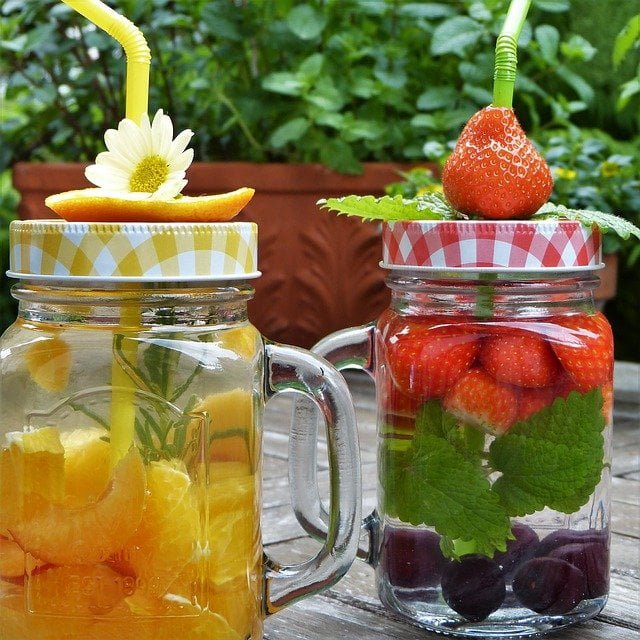If you’re looking to start a new hobby or just want to save money on your food bill, dehydrating foods is a great way to do both. So what are the most affordable foods to dehydrate? That’s what we’ll be talking about in this blog post!
Strawberries
Dehydrating strawberries is a great way to save money, especially if you are purchasing them in bulk. You can dry your own by washing and slicing the fruit, placing it on the trays of your machine, and watching them dry.
Bananas
Dehydrating bananas is a great way to get your potassium fix. What’s more, they are reasonably inexpensive and can be stored for up to 6 months when done right.
Pears
Pears are among the most nutritious fruits available. They are also cheap because they are readily available in many grocery stores.
Peaches
Peaches are incredibly easy to dehydrate. They have a long shelf life, are low in calories, and contain Vitamin C, which is excellent for your immune system! What’s not affordable about that?
Peppers
Several different kinds of peppers can be dehydrated, including jalapenos, habaneros, and bell peppers. In addition, peppers can be stored in a jar and add flavor for months at a time!
Tomatoes
Tomatoes are one of the excellent foods to dehydrate because they retain their flavor and consistency even after drying. They can be added as an ingredient in pasta or salad, but they also make a delicious snack on their own!
Bread & Grains
Bread and grains are excellent foods to dehydrate because they have a long shelf life. What’s more, some of them can be ground into flour.
Nuts & Seeds
Nuts and seeds last a very long time after being dried, making them a great food to dehydrate. What’s more, they are full of healthy fats!
Herbs & Spices
Herbs and spices last a very long time after being dried, making them an excellent choice for your dehydrator. What’s even better is that there are so many different kinds you can try out, including basil, cilantro, or oregano!
Conclusion
What are the most affordable foods to dehydrate? What is your favorite way to save money on groceries and food items? What other money saving ways do you know about that can help people reduce their grocery bill while increasing healthy eating habits at the same time. Please share them in the comments below!

